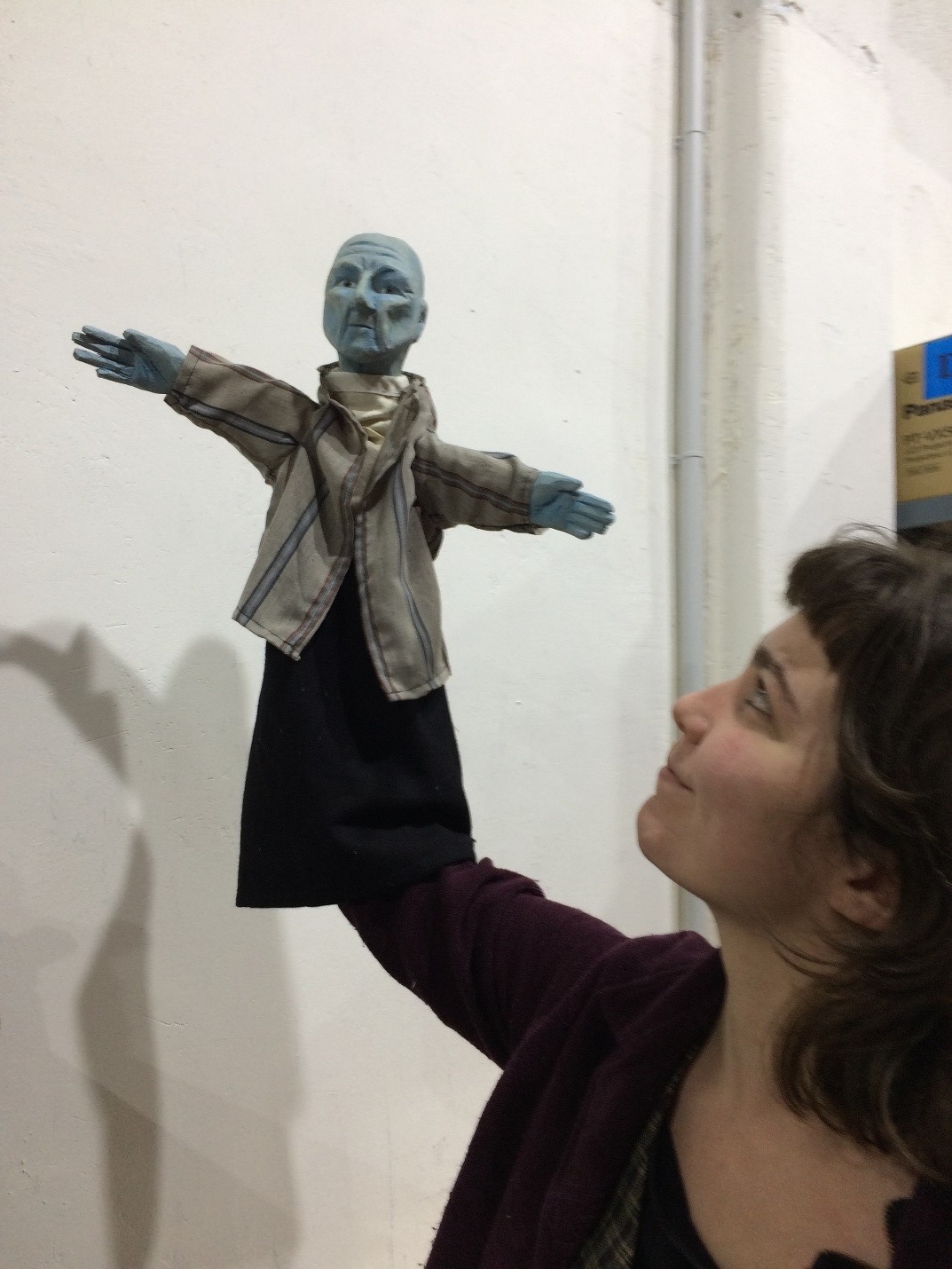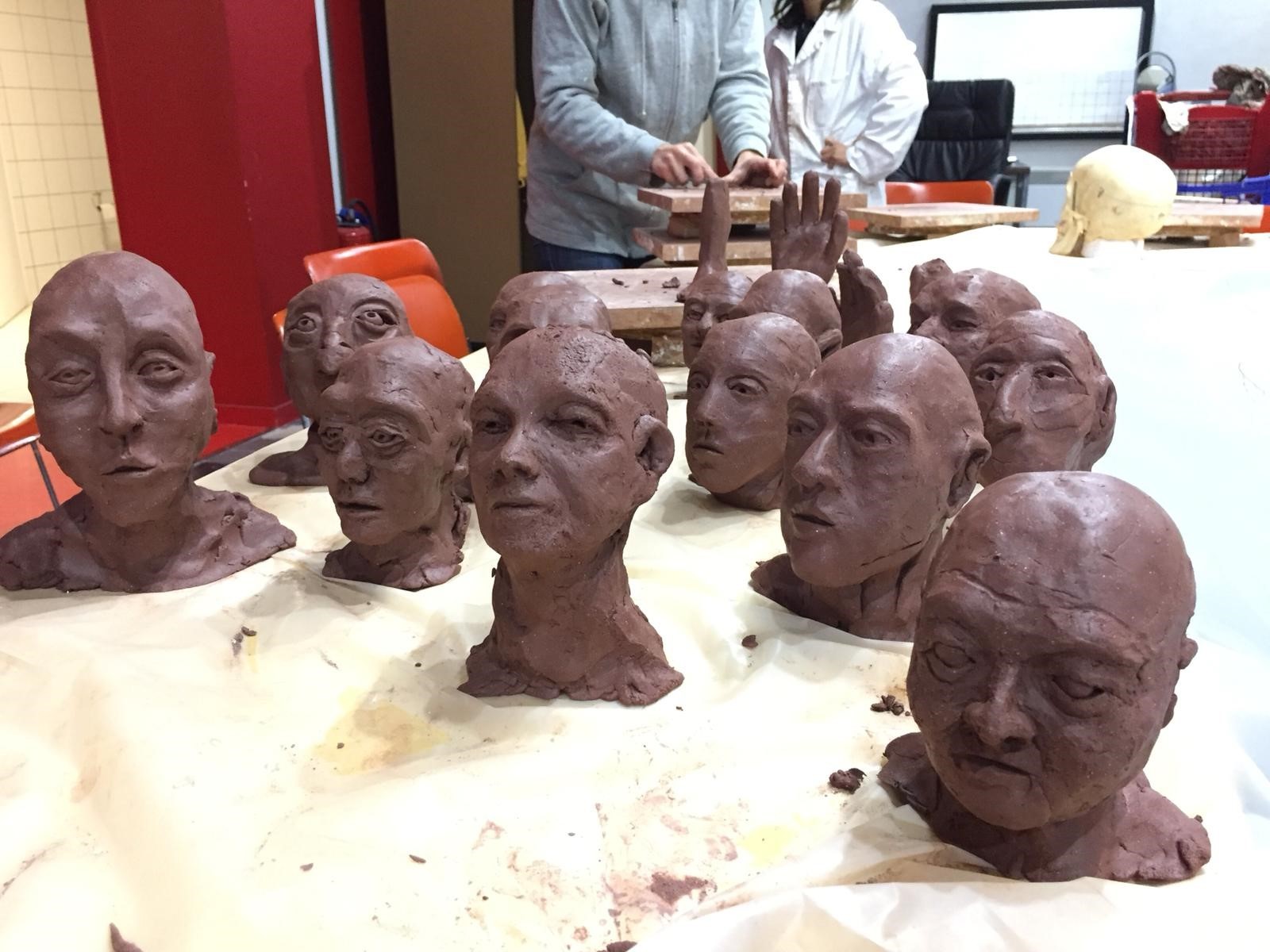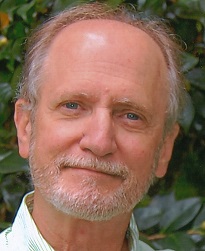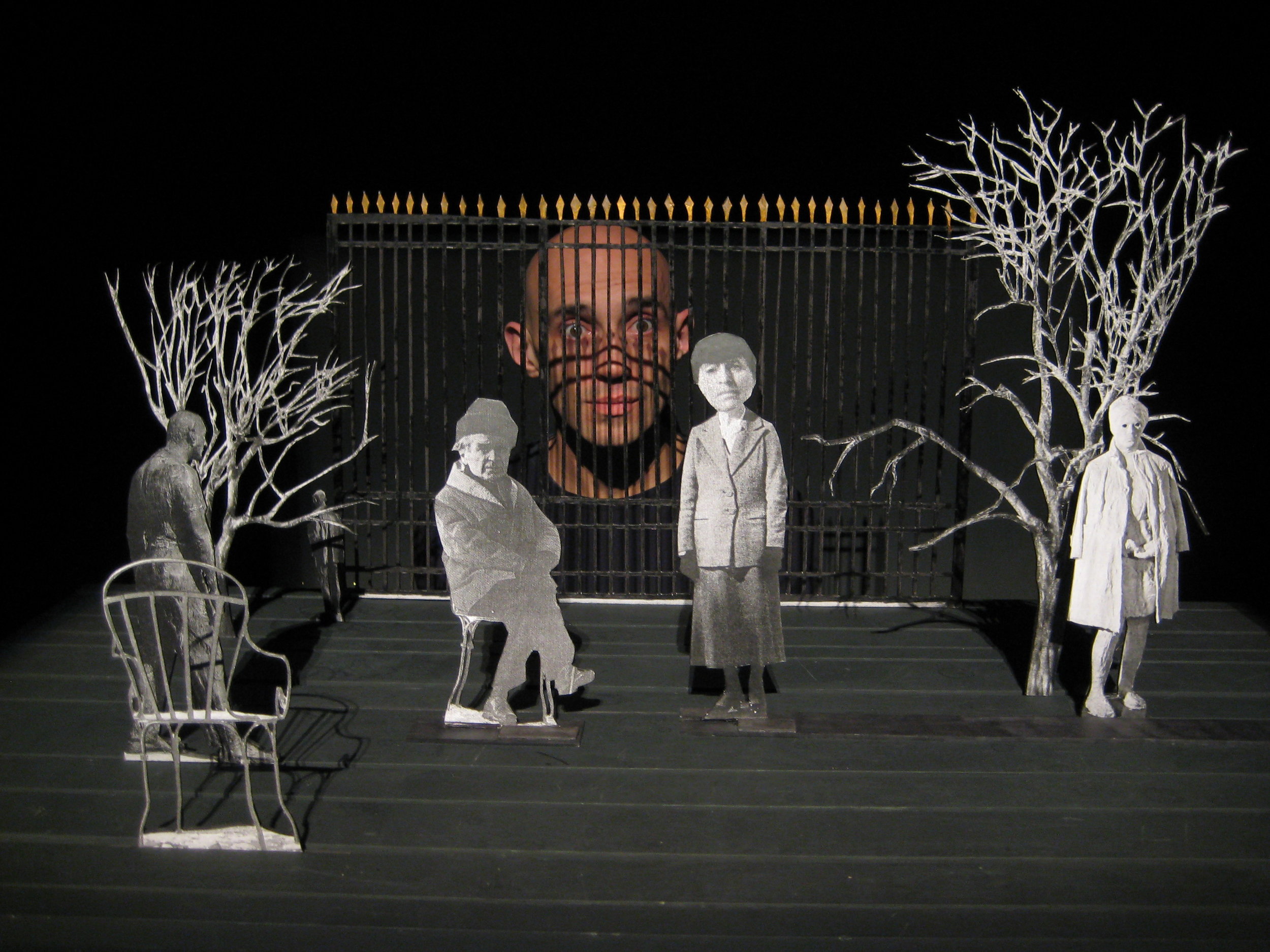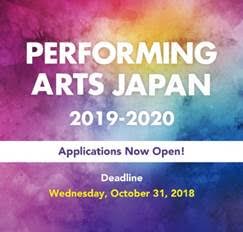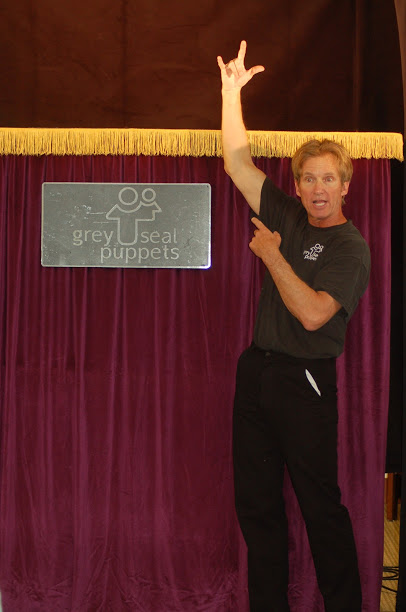Material Performance at a Dutch Festival
/Pikz Palace company’s Boucherie Bacul. Photo by Colette Searls.
by Colette Searls
I recently returned from the 2018 Puppet International Festival in Meppel, Netherlands, which hosted companies from across Europe the week of October 10th – 14th. One of the most exciting performances was the one-night celebration of puppet royalty, Masters@Work, with breathtaking acts by Jordi Bertran, Tristan Vogt (Thalias Kompagnons), Neville Tranter (Stuffed Puppet), and Meppel’s own Henk Boerwinkel. In addition to these standard-bearing stars, the festival offered a balance of outstanding established and up-and-coming companies working in a wide range of puppetry styles. Yet interestingly, some of the most moving shows involved little or no direct human animation – what we might strictly define as puppeteering – but seemed to celebrate the expanding art of puppetry/material performance by other novel means.
The Dutch group BOT offered a particularly touching and mind-bending performance called LEK (Leak/Leaky), a kind of object concert featuring a menagerie of invented (as well as wildly modified) tools and instruments playing with a quartet of musicians. At various points, one of these strange kinetic objects would suddenly jolt to life and move itself autonomously across the stage (particularly eerie was a self-playing cello in a wheelchair). BOT is primarily a site-specific touring company, and one of the performers explained to me that their reputation lies more along the lines of “object performance” (as he put it in English) than puppetry. But after appearing at the World Puppet Festival in Charleville-Mézières, they started hearing from other puppet festivals like this one.
Architects of Air (Alan Parkinson)’s Luminarium. Photo by Colette Searls.
The Meppel festival also proudly hosted the Architects of Air (Alan Parkinson)’s Luminarium, which is not a puppet show, but rather an enormous sculpture you get to walk inside. This beautiful installation looked from the outside like an artsy circus tent, and from the inside like the stomach of some benevolent alien whale. Visitors were invited to enter the colorful curved hallways and rooms, lie down, take pictures, meditate – most folks seemed happy to just find a spot to relax in awe. There were no moving objects and no performers. But the experience was still dynamic – a masterfully designed animation-interaction of hard materials with intangible elements of light and air.
Pikz Palace company’s Boucherie Bacul. Photo by Colette Searls.
My weirdest object-performance experience was with Pikz Palace company’s Boucherie Bacul in Meppel’s town square. I caught this funny, imaginative show during the “Hapas Rout,” where the audience walked to puppet performances staged at local eateries. As we followed our leader through the town square, we came upon this small, blood-splattered butchery with a mix of delight and horror as – upon closer inspection – we realized that this middle-aged couple was serving the flesh of dolls and stuffed animals. Treated as customers, we were quickly ushered into a comically grotesque hands-on toy butchery demo. No Barbies were puppeteered, but many were harmed. Badly. The butchers assured us that they were all well-used, and no longer able to fulfill their toy duties. But that didn’t stop us from cringing while they skinned a Burt doll, or placed a Pikachu in the meat slicer. I don’t know how much irony was intended, or if there was a vegetarian agenda here, but the resonant power of performing objects was as much on display as the pickled Barbie heads.
Perhaps all of this is a sign that puppet festivals today are looking to present an increasingly wide range of performing object work. If so, it may bring more attention to the aesthetic potency – and interdisciplinary reach – of puppetry/material performance as a whole.
If you’d like more details on the Puppet International Festival in Meppel, please read my upcoming review in the next issue of Puppetry International.






